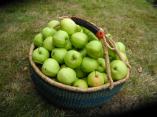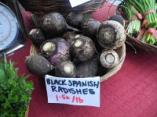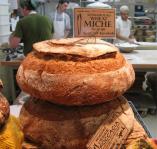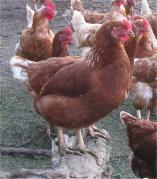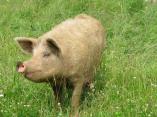I have been a student in my day. Several times over in fact. And I know the pain of textbook costs, which is a large pain. As a poet, I also know the pleasure of being included in textbooks, and it is a large pleasure. Though relative to the pleasure of a living wage, it is a veritable widow’s mite.
I know we live in Google’s world, which promises to deliver free information to everyone, and I know that Google doesn’t really care how that information is created or obtained, so long as it’s provided free to the user in ways that help Google boost its revenues through other channels.
And in keeping with this spirit of largesse, the Chronicle of Higher Education recently published a revealing article (which, it has to be said, I read for free) about the struggles of Washington State to meet the cap of $30 per online textbook that will unlock a large grant from Bill & Melissa Gates, with the aim of reducing textbook costs for the state’s students.
What I find most interesting about this article is that it makes not the slightest attempt to address the reasons why textbooks are expensive, which include – but are not limited to – that irritating cog in the wheel of free information: the textbook’s author, who must be paid. Or more typically, the several authors and/or editors who put the material together. All the article does is bemoan the fact that it’s very hard to find good quality educational materials for free or cheap.
Like many of us, I sit on both sides of this particular fence. I benefit greatly from all the free information that’s available online. On the other hand, for many of the past few years if I were living on my earnings from writing alone I couldn’t have afforded to pay for what I accessed, had the authors been fairly compensated for their work. Because the opportunities for me to earn a living wage from my writing – once a respectable and reasonably lucrative profession – dwindle with the days.
In discussing course materials for the online course I teach, for a college with a less than ample budget, it became clear that new online program areas in bricks ‘n mortar institutions take a while to catch up with details like copyright fees and electronic rights. So for the time being I point students to a lot of free newspaper articles and other freely available materials to augment the (reasonably priced) textbook.
Are these freebies the best available materials? Possibly not, but who knows? It’s as hard for academic publishers to keep up with changing trends and topics as it is for today’s academics to monitor the listservs and discussion boards, the conferences and webinars and workshops, the tweets and the blogs. And of course the published materials, whether online or in paper.
